Overview
Map
Other Details
دير مار ميخائيل
Bnabil
Metn
Mount Lebanon
دير مار ميخائيل – بنابيل يعود الدّير للقرن السابع عشر. هو وَقف من الشيخ بو عقل هارون وأولاده. كان بتصرُّف الرهبانيَّة اللبنانيَّة سنة ١٧١٩، وفي سنة ١٧٤٠، تسلَّمه الرهبان الأنطونيُّون، فتسلَّم الدير المطران يواصاف البسكنتاوي، وباشر تجديد بنائه سنة ١٧٥٢، وخصَّصه لسكنى الراهبات العابدات، لكنَّه عاد فسلَّمه إلى الرهبانيَّة اللبنانيَّة، وتسلَّم المطران بدلًا منه دير مار ساسين بسكنتا، ونقل إليه الراهبات. أمَّا البناء وتجديده فقد شَهد عدَّة مراحل. الكنيسة الحاليّة بُنيت سنة ١٨٥٥. تَجدر الإشارة على أنَّ دير بنابيل قد تعرَّض لنكباتٍ عديدةٍ على غرار باقي الأديار، فقد نهبته العساكر المصريَّة سنة ١٨٤٠. كذلك لم يسلم من الأذى أثناء أحداث ١٨٦٠. لكنَّ الرهبانيَّة كانت تهبُّ كلَّ مرَّة إلى ترميمه. وقد جدَّدت في بناء الدير، وأحدثت فيه إصلاحات عدَّة سنة ١٩٠١. أمَّا بناؤه الحاليّ فيعود إلى سنة ١٩٤٧. The Monastery of St. Michael - Bnabil The monastery dates back to the 17th century. It was originally donated by Sheikh Bou Akl Haroun and his sons. In 1719, the monastery was given to the Beledite order. However, in 1740, it was transferred to the Antonine Fathers. Later on, in 1752, Bishop Youwassaf el Beskentawi took over and converted the monastery into a nunnery. Subsequently, the bishop returned it to the Beledites and acquired the Monastery of St. Sassine in Baskinta for his nuns. Over the years, the monastery underwent several restorations. The construction of the church took place in 1855. Unfortunately, the building suffered damage during the presence of the Egyptian army in 1840 and the war of 1860. It was eventually restored in 1901 and assumed its final form in 1943.
Visited 2790 times, 2 Visits today
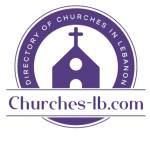


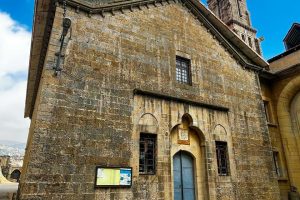
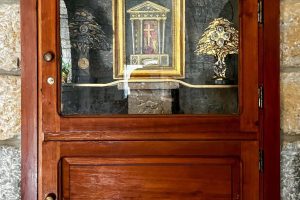
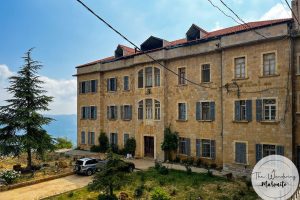
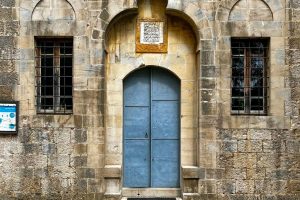
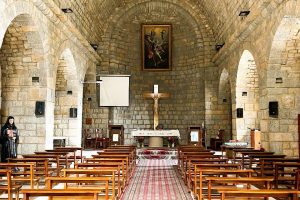
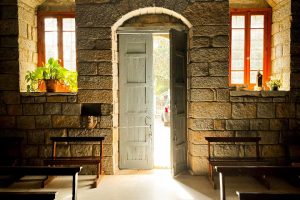
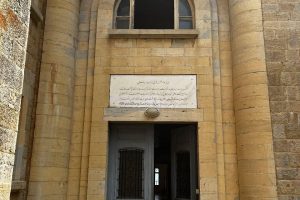

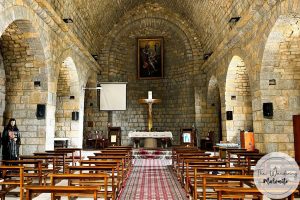
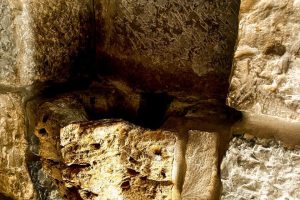
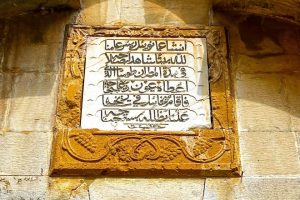
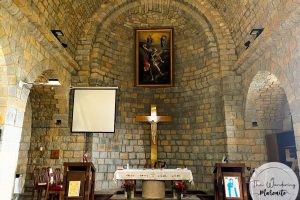
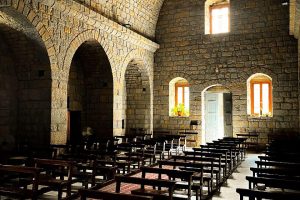
















Reviews are disabled, but trackbacks and pingbacks are open.